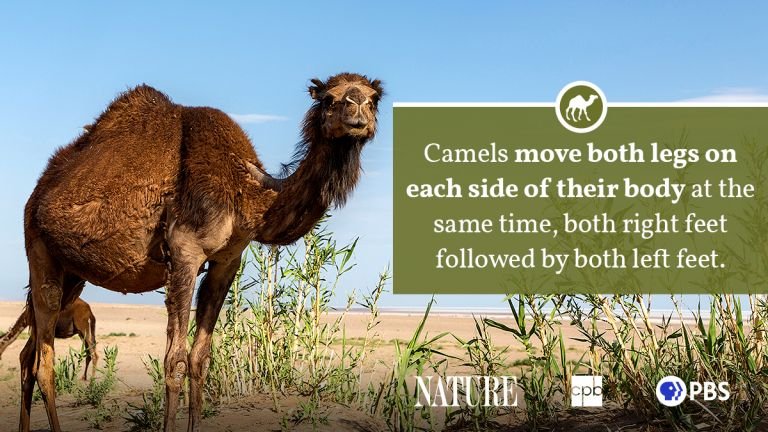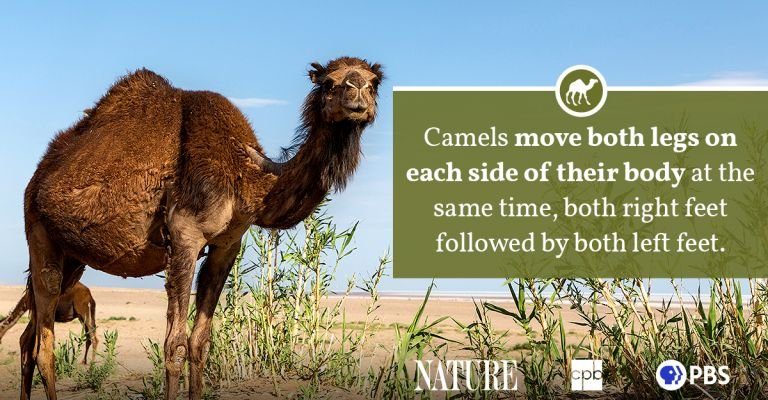
In the wild and even in domestic settings, the life of a camel is filled with challenges and surprises. They face harsh climates, social structures, and the intricacies of their own biology. Knowing the typical lifespan of a camel, which generally ranges from 40 to 50 years, helps frame our understanding of their life stages. It’s like knowing the chapters in a book; each one reveals something new and essential about the story of camels.
Understanding Camel Lifespan
So, how long do camels actually live? Well, it depends on various factors, including their species and living conditions. There are two main types of camels: the Dromedary, with one hump, and the Bactrian, which has two. Generally, Dromedaries tend to live a bit longer, often reaching up to 50 years in captivity, while Bactrians may have a lifespan of around 30 to 40 years.
The environment plays a crucial role, too. Camels in the wild typically face more risks—from predators to limited food supplies—leading to shorter lifespans. In contrast, those cared for by humans might live longer, enjoying consistent nourishment and shelter. Think of it as the difference between a wildflower struggling to survive in rocky soil and a houseplant thriving with regular watering and sunlight.
The Life Stages of Camels
Just like humans, camels go through various life stages, each marked by unique characteristics and challenges. Let’s break these stages down:
1. Calves (Birth to 1 Year)
When a baby camel, called a calf, is born, they’re surprisingly well-equipped for life. They can stand and walk shortly after birth, which is crucial for survival in the wild. During the first year, calves rely heavily on their mother’s milk. They grow rapidly, and by the time they’re six months old, they start munching on grass and other vegetation.
Calves are playful and curious, often bonding with their mothers and exploring their surroundings. This stage is vital for their social development, as they learn essential survival skills and social behaviors that will guide them throughout their lives.
2. Adolescence (1 to 4 Years)
As camels reach adolescence, they become more independent, exploring their environments with a bit more confidence. They’re not fully grown yet, but they’re learning how to socialize with other camels and establish their place in the herd. This stage is critical for their emotional and physical development.
During this period, you might notice their playful antics, which help them learn about social dynamics and hierarchy within the group. It’s a time of experimentation where they push boundaries and refine their skills, preparing them for the responsibilities of adulthood.
3. Adulthood (4 to 20 Years)
Once camels reach adulthood, they’re at their peak. Typically between ages four and twenty, they’re usually strong, energetic, and capable of bearing young. This stage is often when camels work hard, whether it’s carrying goods or participating in breeding.
Adult camels have established their roles in the herd. Males may compete for dominance, while females take on nurturing roles. It’s fascinating to see how social structures play out and how these animals adapt to their environments, forming strong bonds both with their herd and caregivers in domestic settings.
4. Senior Years (20+ Years)
Now, we arrive at the senior years. Like humans, camels experience changes as they age. Their energy levels may drop, and they might not be as agile as they once were. This is the stage when camels rely heavily on the care and understanding of humans.
In the wild, older camels can face more challenges, including competition for food and water. However, those living under human care can enjoy a more comfortable life, often pampered and provided for. It’s essential during this stage to keep an eye on their health, ensuring they maintain a good quality of life.
Factors Affecting Camel Lifespan
Several elements influence a camel’s lifespan. Here are a few key factors to consider:
- Nutrition: A balanced diet rich in fiber and nutrients is crucial. In the wild, camels may struggle to find adequate food, whereas domesticated camels typically receive proper care.
- Environment: Harsh climates can impact health. Camels in extreme heat or cold face different challenges compared to those raised in milder conditions.
- Healthcare: Regular vet care can dramatically affect a camel’s lifespan. Vaccinations and medical attention are essential for preventing diseases.
- Social Structure: Well-socialized camels often thrive better. Strong social bonds can reduce stress and improve overall well-being.
Understanding these factors can help caregivers provide better support for camels, ensuring they live long, healthy lives.
Takeaway: The Journey of a Camel
The lifespan of a camel is a journey filled with experiences shaped by environment, care, and social interactions. Knowing how long camels live and their various life stages enriches our appreciation for these incredible animals.
Whether you’re fascinated by camels as a part of cultural heritage or curious about their biology, each stage of life presents its unique challenges and joys. So, next time you think about camels, remember their lives are like chapters in a captivating story, each contributing to the lore of these remarkable creatures. By understanding their lifespan and the factors that influence it, we can better appreciate the role camels play in our world and the care they deserve.

